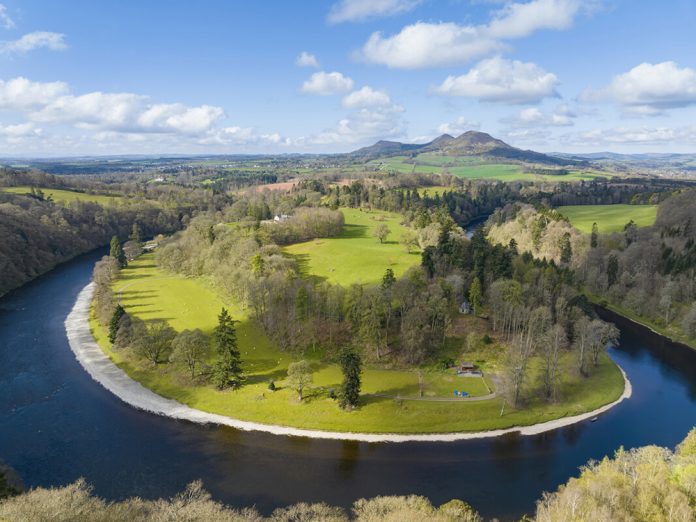Lord John Thurso, Outgoing Chair, VisitScotland
I have been Chair of VisitScotland for eight years and the end of my term is an opportune moment to reflect on all that’s happened in those eventful years.
As well as the pandemic, developments in global geopolitics, and shifts in the economic landscape, we’ve also seen huge advances in technology. This has brought both challenges and opportunities; and for VisitScotland, fundamental changes to the way people access their travel information.
Across the globe, there’s been a well-documented increase in smart phone usage, the rise of influencers, new platforms like TikTok and the accelerated pace of AI.
We’ve seen the growing popularity and importance of tour operators and travel agents with almost two thirds of international visitors to Scotland booking as part of a package. During this time, our industry has also faced unprecedented challenges, yet despite this tourism and events continues to be a social and economic powerhouse.
Scotland’s tourism industry has a proven track record of embracing change. Post-COVID, our collective efforts resulted in a strong recovery of international tourism with an increase in spend by international visitors to Scotland.
On this global stage, and locally, we’re uniquely placed to raise Scotland’s profile, highlighting to the world all that the country has to offer. To tell Scotland’s story and drive visitor demand we prioritise our marketing, partnership and business support activities.
We want to build on that success and ensure that across all areas of our work we prioritise the activities that will deliver for our industry and for Scotland.
And to do that we need to evolve and adapt to the changes we are seeing in the world around us.
It would be remiss of me as I step down as Chair not to proactively take steps to prepare the organisation for the future. So that it can continue to deliver its core purpose to drive the visitor economy and grow its value in Scotland
We must look at where we can invest our resources and expertise to make the greatest economic impact. After conducting an extensive review, we can do this by focusing on providing information to visitors before they leave home. So, we will begin a phased closure over the next two years of our iCentre network. We will continue to keep our staff, stakeholders and partners engaged throughout this process.
Insights tell us that most people use digital channels to plan their trips and I’m sure if you were to think of your own experiences, many of us book our accommodation and activities before we travel to our chosen destination. The most influential window of opportunity has become those early travel planning stages.
VisitScotland already has great success in this area. Our social media accounts reach millions, our visitscotland.com website is a wealth of advice and inspiration. Our work with influencers and leading brands such as Expedia, Disney and National Geographic, SkyScanner, GoPro and Wanderlust means we are constantly reaching and inspiring new audiences right across the globe.
Our research shows that by reaching the right people, with the right message, at the right time we can inspire when they decide to come, where they go and what they will do. Put simply, at this stage of the planning journey we can ultimately shape how long people stay in Scotland and how much they spend when they are here. We can target the channels we know visitors use to maximise our reach and influence in our key markets, ensuring Scotland is a “must visit, must return” destination.
With so many international visitors booking via an intermediary, our work with the travel trade is also hugely important in targeting our visitors at that pre-departure stage. We do this through engaging with intermediaries, like tour operators, who sell Scotland on our behalf. Events like our flagship travel trade event, VisitScotland Connect, can help connect Scottish businesses and products with global buyers.
But it’s important to emphasise that this is not simply just down to economics. This approach to sharing information with visitors also supports our responsible tourism ambitions. By reaching people before they leave their homes, we can encourage greater regional and seasonal spread. We can highlight lesser-known destinations and the joys of visiting Scotland at different times of the year. This helps ensure destinations are capable and comfortable of welcoming visitors throughout the year.
Amidst all the changes I’ve seen, Scotland’s strong position on the global stage is one that remains. Our scenery, rich history, distinct culture and warmth of welcome are among our outstanding assets and we shouldn’t shy away from celebrating these strengths.
These are successes that we must continue to nurture and champion. But we must also evolve and learn; taking what we know works well, adapting it and investing our efforts so that we are ready and able to support the industry and grow the value of the visitor economy to Scotland.
visitscotland.com






